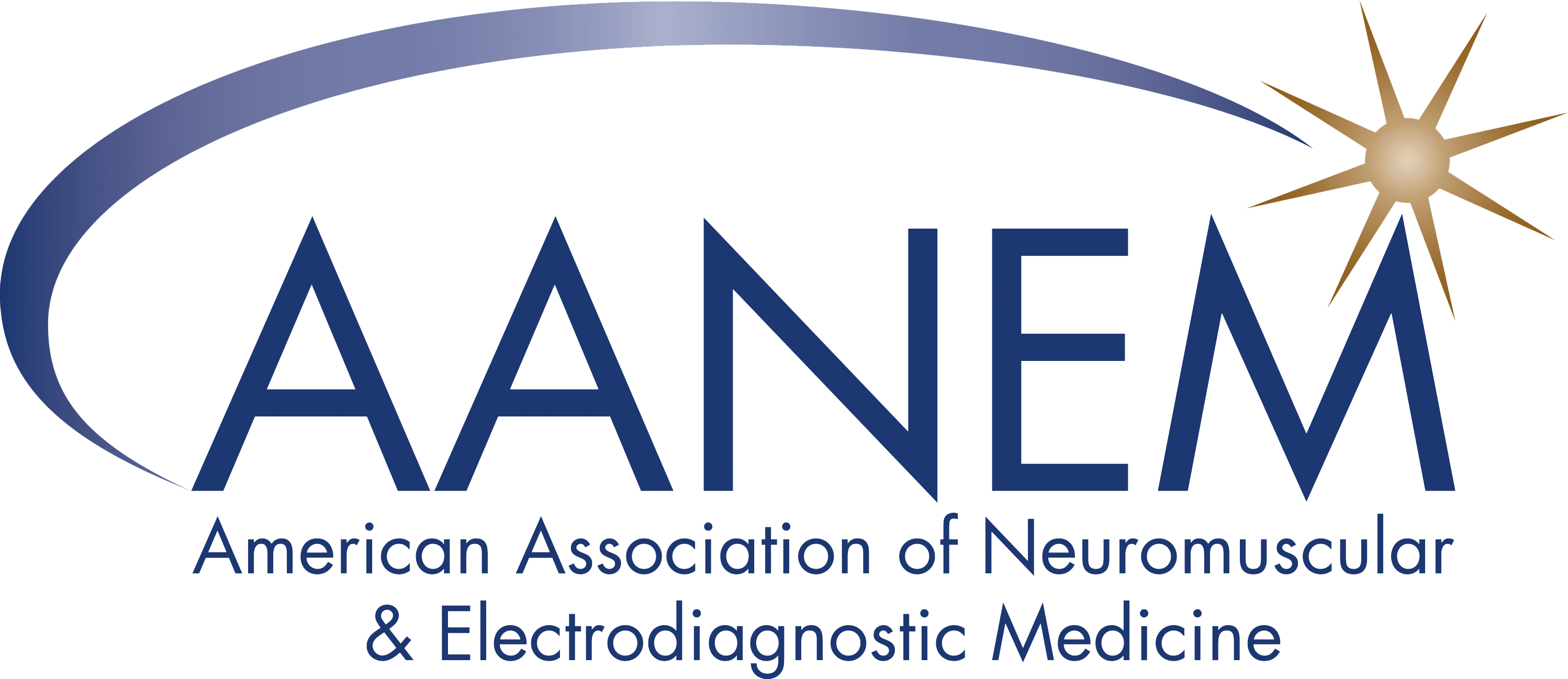Quality Electrodiagnostic Medicine Controls Costs
It is the position of the American Association of Neuromuscular & Electrodiagnostic Medicine (AANEM) that quality electrodiagnostic (EDX) testing is an effective tactic in reducing the expense of health care. The greatest drains on healthcare resources are unnecessary tests, treatment, and/or surgery.
A quality EDX evaluation, performed by a properly trained physician, greatly increases the likelihood that the correct diagnosis is reached quickly and that treatment decisions are based on an accurate diagnosis of the disease or disorder. When patients receive the appropriate care based on their diagnosis, health care dollars are spent judiciously. When a misdiagnosis occurs, repeat testing is often necessary. Additionally, appropriate intervention and treatment is delayed leading to further health complications and cost. The downstream costs of a misdiagnosis are detrimental to the patient and costly to the health care system.
A quality EDX evaluation, performed by a properly trained physician, greatly decreases the number of tests needed to reach a diagnosis. Unnecessary EDX testing significantly contributes to the problem of runaway healthcare spending.
The policymaking and payer community must carefully consider the importance of diagnostic accuracy and continue to focus on payment for quality EDX medical care for all patients. The most effective way to ensure quality is to reimburse only those providers who have demonstrable training and experience in EDX testing. For nerve conduction studies (NCSs), needle electromyography (EMG), evoked potentials (EPs), and related tests, the simplest provider filter is to pay only neurologists and physical medicine & rehabilitation physicians. No other Accreditation Council for Graduate Medical Education accredited specialties devote adequate portions of training or offer additional fellowships in this area.
Attempts to pay only for quality EDX medicine can be further advanced by applying several tactics in medical coverage policies and claims editing software:
For more information on implementing policies that both increase the quality of patient care while reducing the utilization of unnecessary testing, view the AANEM Model Policy for Electrodiagnostic Testing. The AANEM’s mission is to improve the quality of patient care and advance the science of neuromuscular and musculoskeletal diseases by serving physicians and allied health professionals who care for those with muscle and nerve disorders.
Resources
Document History
Creation of New Guidelines, Consensus Statements, or Position Papers
AANEM members are encouraged to submit ideas for papers that can improve the understanding of the field. The AANEM will review nominated topics on the basis of the following criteria:- Members’ needs
- Prevalence of condition
- Health impact of condition for the individual and others
- Socioeconomic impact
- Extent of practice variation
- Quality of available evidence
- External constraints on practice
- Urgency for evaluation of new practice technology
